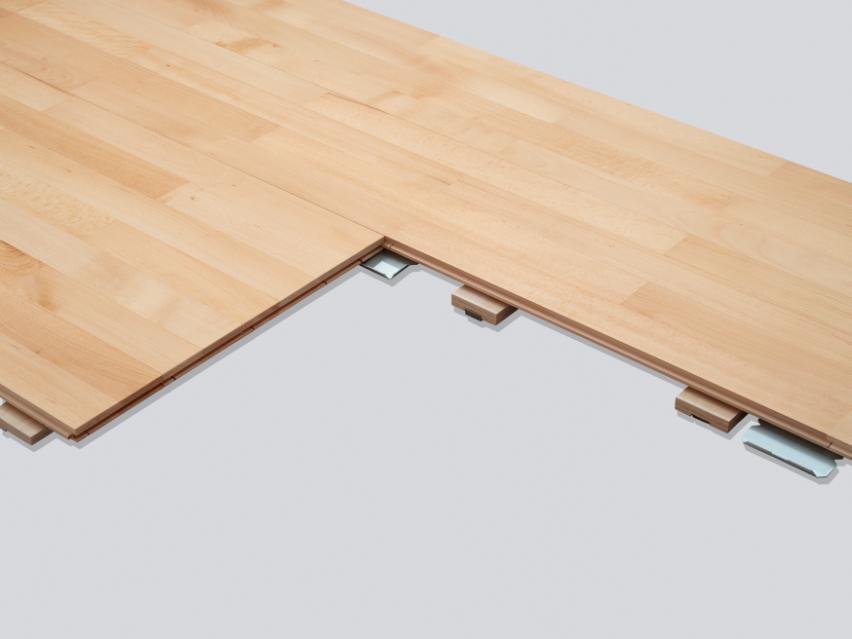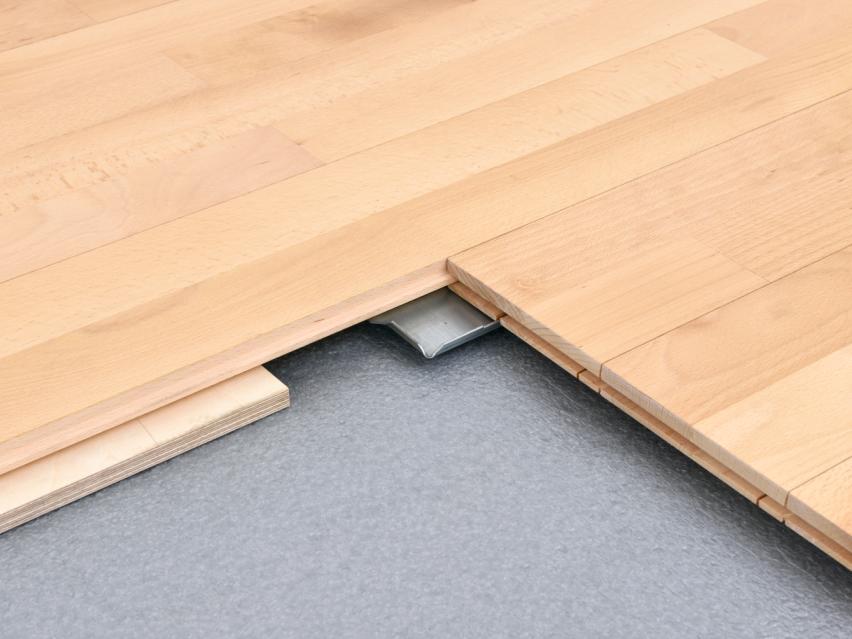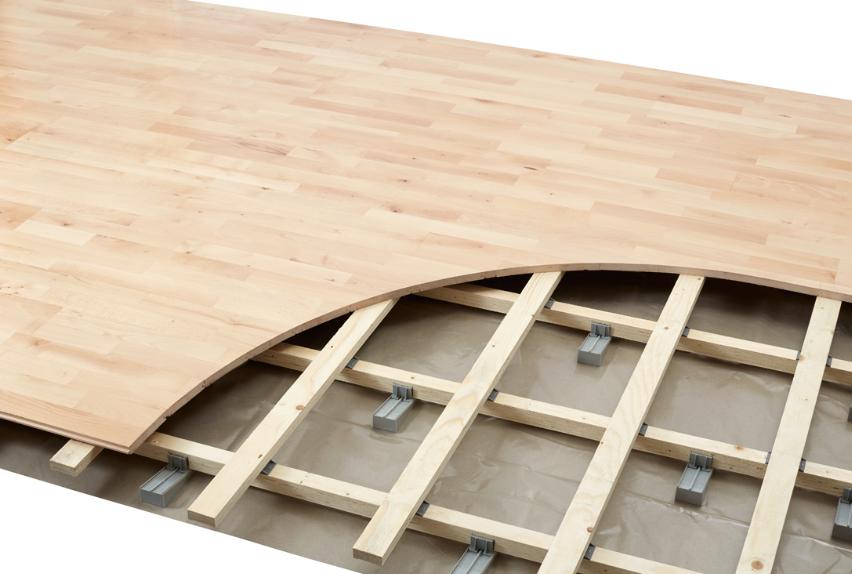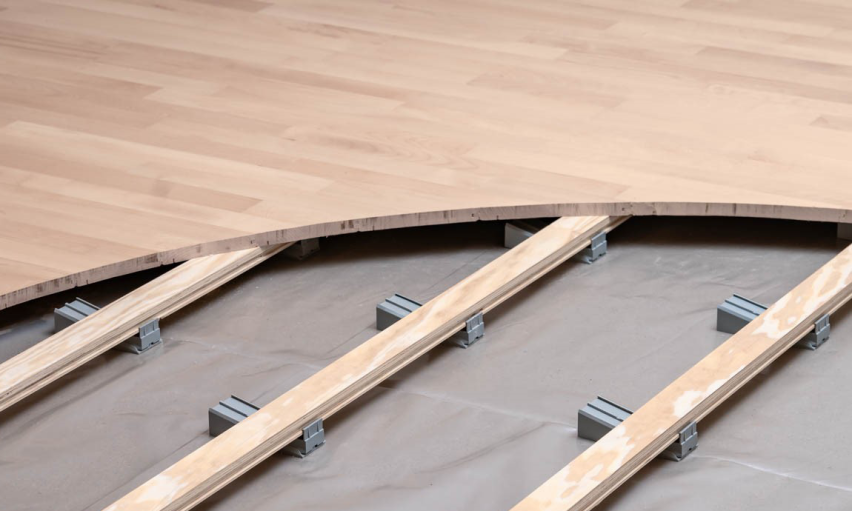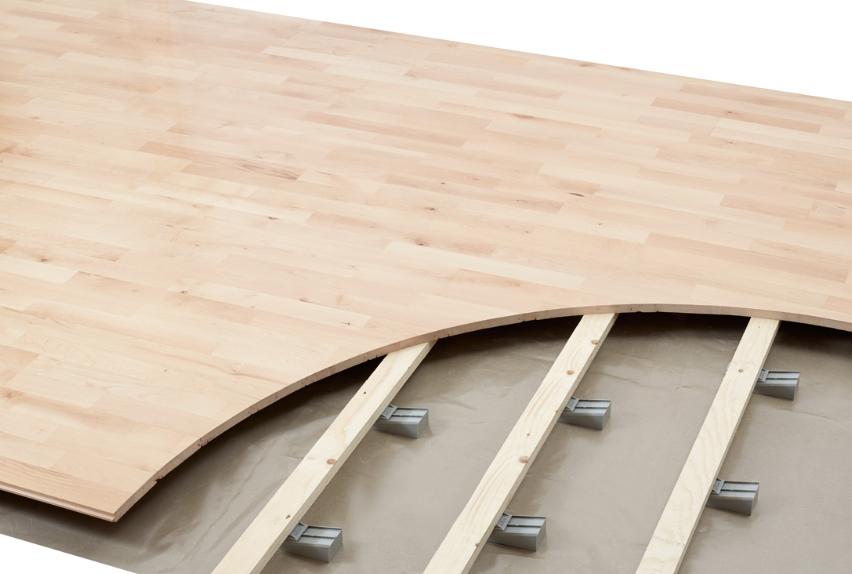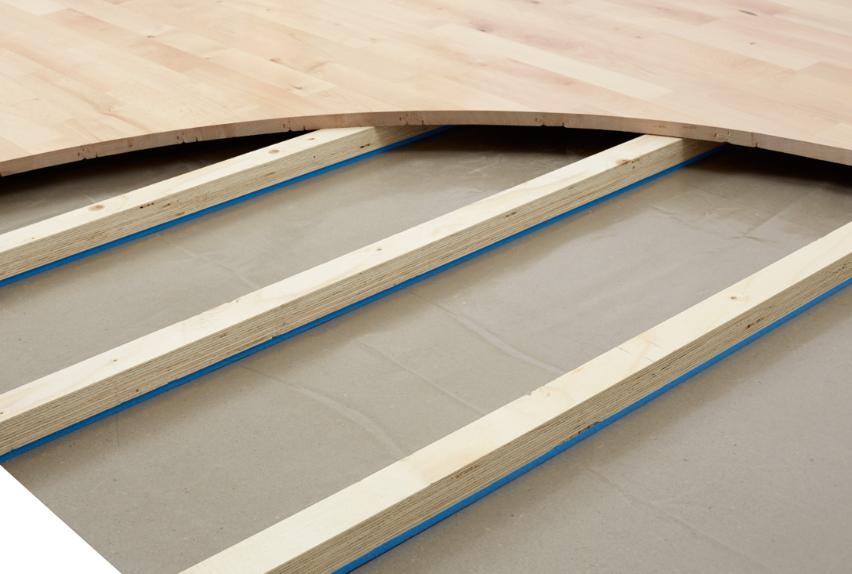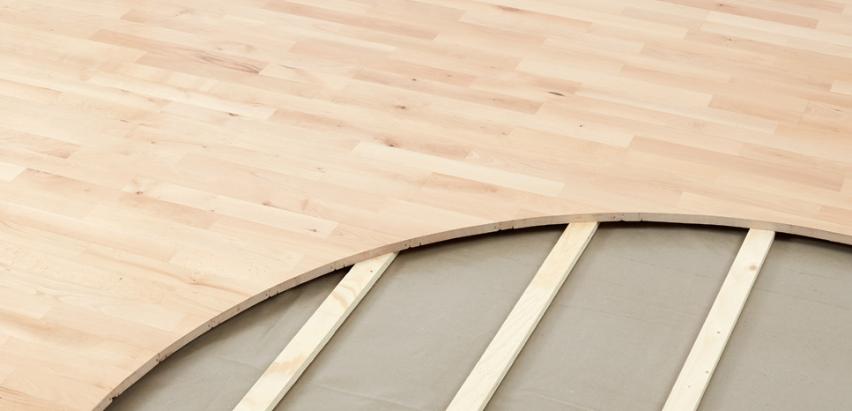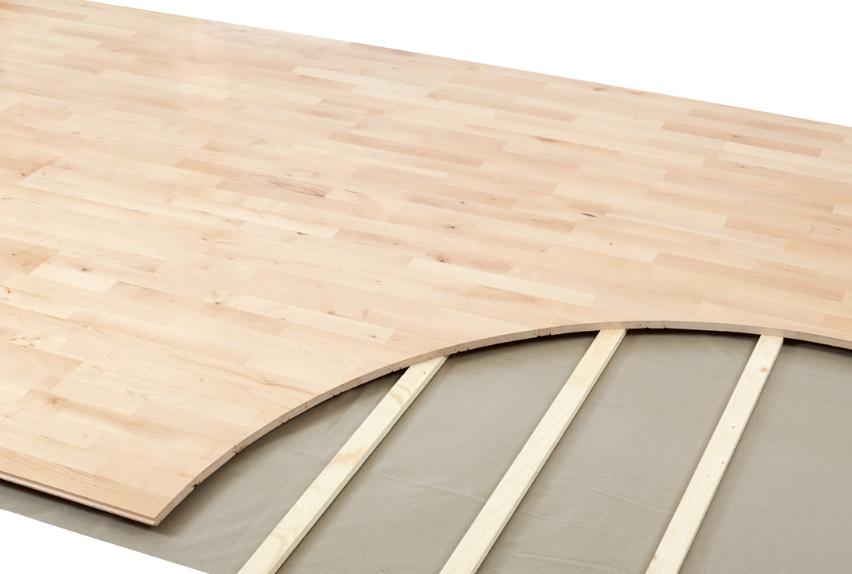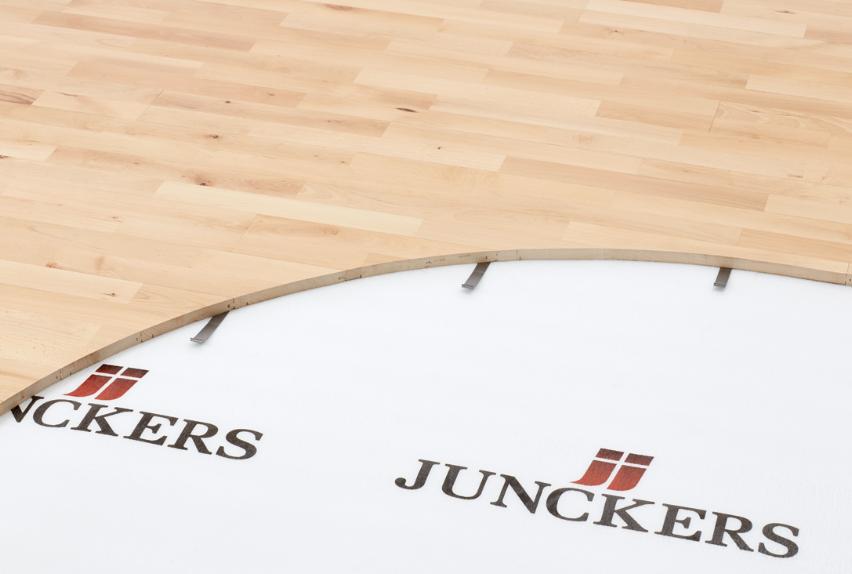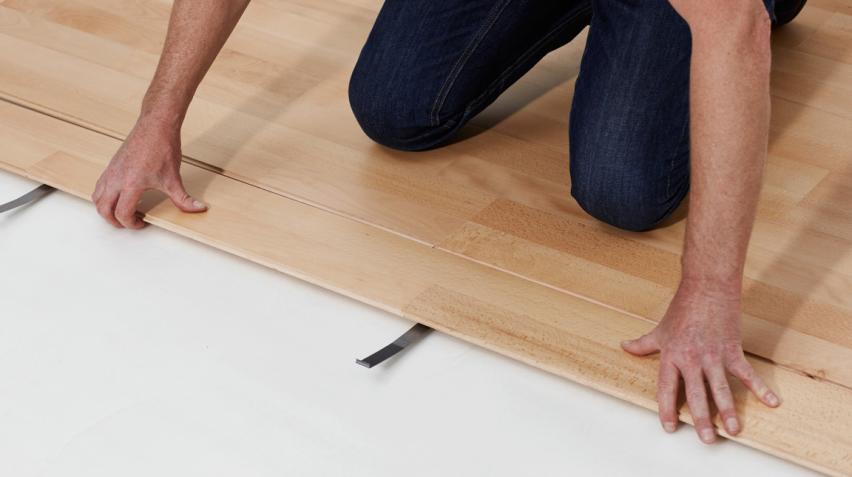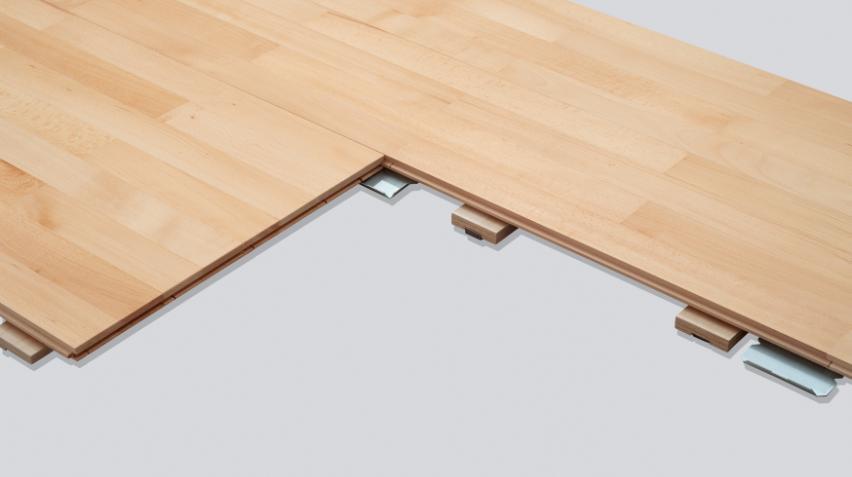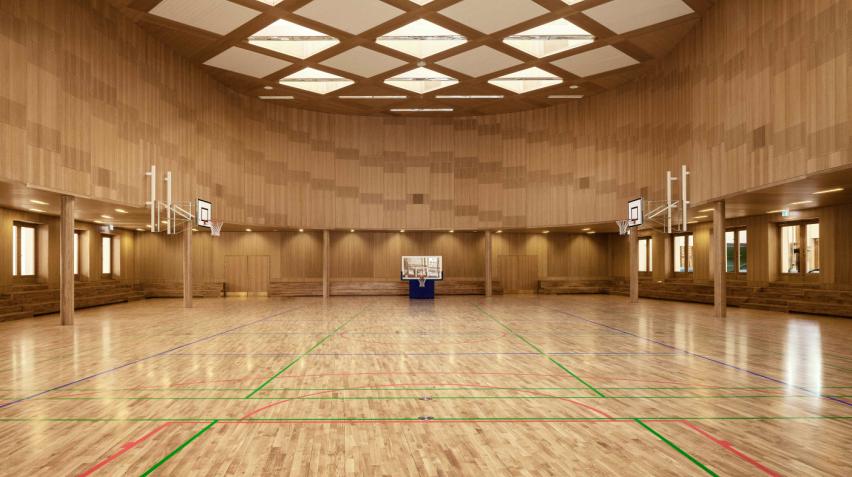What to Consider When Choosing Ballroom Flooring for Dance Studios
Selecting the right ballroom dance floor for studios involves more than simply choosing a surface that looks good. It requires careful consideration of factors such as safety, durability, shock absorption, slip resistance, and ease of installation to support both dancers’ performance and long-term use. This guide outlines the essential aspects installers and studio owners should evaluate when specifying or recommending flooring solutions for ballroom environments, helping ensure the finished floor meets the practical, technical, and maintenance demands of an active dance studio.
Versatile systems to meet all your needs
Key Performance Requirements for Ballroom Flooring
When planning a ballroom flooring project for a dance studio, it is essential to understand the demands placed on the surface by both the art and technique of dance. Ballroom floors must deliver a balance of smooth glide and reliable grip to support diverse movements, from fast spins to precise footwork. Shock absorption and consistent surface friction are equally critical to minimize fatigue and reduce the risk of injury. Prioritizing these performance requirements ensures a dance environment that meets both safety and technical standards.
Choosing the Right Surface: Why Solid Hardwood Stands Out
Solid hardwood is a preferred material for ballroom flooring in professional dance studios. Its resilience and responsiveness provide a stable foundation for dancers, supporting the range of styles performed in ballroom disciplines. Junckers’ 22 mm solid hardwood systems—available in beech (Natural, SylvaKet, SylvaRed, Raw Sugar), ash, and maple—are engineered for durability and high performance. For a closer look at one of the most suitable options, explore Beech Sylvasport for sports floors, which combines strength with a uniform, hard-wearing surface ideal for dance studios. These floors offer:
- A uniform, stable surface for predictable movement
- Consistent shock absorption for dancer safety
- Multiple gradings: Champion (uniform), Premium (natural variation), Club (rustic)
- Factory finishes in lacquer or oil for straightforward maintenance
Solid hardwood also accommodates sanding and refinishing, extending the functional lifespan of the floor and maintaining optimal performance over time.
Subfloor Construction and Compatibility
A well-constructed subfloor is fundamental to the performance of any ballroom flooring system. The subfloor contributes to shock absorption, surface stability, and compliance with recognized safety standards such as EN 14904. Junckers offers a range of fixed and portable subfloor solutions designed for both new builds and refurbishments. All systems are available in various construction heights and can be tailored to site-specific needs. For permanent studio solutions that combine performance and durability, see Sports Flooring.
Fixed Versus Portable Solutions
- Fixed systems (e.g., DuoBat 120+, UnoBat 78+, Clip System) are permanently installed, providing long-term durability and consistent performance—ideal for dedicated dance studios.
- Portable systems are engineered for quick assembly and removal, making them suitable for multi-use venues and temporary installations. Portable Dance Floors | For Professionals | Junckers from Junckers offer the same solid hardwood quality with the added benefit of mobility.
For installers, understanding the venue’s intended use helps determine whether a fixed or portable ballroom flooring solution will deliver the best value and performance.
Durability and Maintenance for Dance Studio Flooring
Ballroom flooring in a dance studio must be able to withstand repeated daily use without compromising performance. Junckers’ solid hardwood floors are designed for high durability, with surface treatments that protect against wear.
To maintain dance studio flooring:
- Dry mop daily to remove dust and debris
- Damp mop weekly with recommended products
- Schedule periodic deep cleans based on usage
- Recoat lacquered or oiled surfaces as required to maintain optimal grip and appearance
Find detailed maintenance advice and technical support for hardwood sports floors in Junckers’ technical advice.
The ability to sand and refinish Junckers’ hardwood floors helps extend their lifespan, making them an efficient long-term investment for studio owners and installers.
Aesthetics and Customization Options
The aesthetic impact of ballroom flooring contributes to the overall atmosphere and branding of a dance studio. Junckers provides a variety of wood species, colors, gradings, and surface finishes, allowing for customization that fits the studio’s vision.
Considerations include:
- Selecting a wood species and color that complements the studio’s interior
- Choosing a grading for the desired visual effect, from uniform to rustic
- Deciding on a lacquered or oiled finish for preferred appearance and maintenance requirements
For inspiration, see how the Junckers Clip System created a professional environment in the Building Block Dance Studio.
Sustainability and Certification Advantages
Choosing ballroom flooring that meets high environmental standards is increasingly important in today’s building projects. Learn about Junckers’ commitment to responsible sourcing and sustainable forestry in A word on wood | Can be recycled and saves energy. Junckers solid hardwood floors are FSC certified, ensuring responsible sourcing. Additional documentation such as EPD and EN 14904 compliance is available to support project requirements. Manufacturing processes are designed for 100% wood utilization, reflecting a commitment to sustainable production and indoor air quality.
Summary Checklist: What to Prioritize When Specifying Ballroom Flooring
For quick reference, consider these key factors when specifying ballroom flooring for dance studios:
- Surface performance: glide, grip, and shock absorption
- Material choice: solid hardwood for resilience and longevity
- Subfloor system: select fixed or portable based on project requirements
- Maintenance needs: ease of cleaning, recoating, and refinishing
- Visual options: wood species, color, grading, and finish
- Sustainability: certifications and responsible sourcing
Need Guidance or a Tailored Solution?
For expert advice on specifying the right ballroom flooring for your next dance studio project, contact us. The team can assist with technical guidance, product selection, and tailored solutions to meet the demands of your installation.
Frequently Asked Questions About Hardwood Tap Dance Flooring
What makes solid hardwood the best choice for ballroom flooring? add
Solid hardwood is the preferred ballroom flooring material for professional dance studios because it combines strength, stability, and elegance. It provides the ideal balance of glide and grip, ensuring dancers can move smoothly and safely. Junckers’ solid hardwood floors also offer long-term durability and can be sanded and refinished multiple times, making them a lasting investment for any dance studio flooring project.
Why is subfloor construction important for ballroom flooring performance? add
The subfloor directly affects how a dance studio floor performs. A high-quality subfloor system enhances shock absorption, stability, and surface consistency — helping to prevent fatigue and injury. Junckers’ sprung systems, such as DuoBat, UnoBat, and Clip System, are designed to meet EN 14904 standards, ensuring your ballroom flooring delivers comfort, safety, and uniform performance across the entire floor.
How can I maintain my dance studio flooring to ensure long-term performance? add
To keep your dance studio flooring in peak condition, dry mop daily and damp mop weekly with approved cleaning products. Recoat lacquered or oiled surfaces when necessary to maintain the perfect balance between glide and grip. Junckers’ factory-finished hardwood floors are engineered for easy maintenance and can be refinished when required, ensuring your ballroom flooring remains beautiful and high-performing for decades.
How can I customize the look of my ballroom floor? add
Junckers offers a wide range of customization options for ballroom flooring, including multiple wood species, colours, gradings, and finishes. Whether you prefer a light maple tone or a rich beech finish, you can design a dance studio floor that reflects your brand and enhances the studio’s aesthetic. Options include lacquered or oiled surfaces, and various ballroom floor patterns to match your space.

